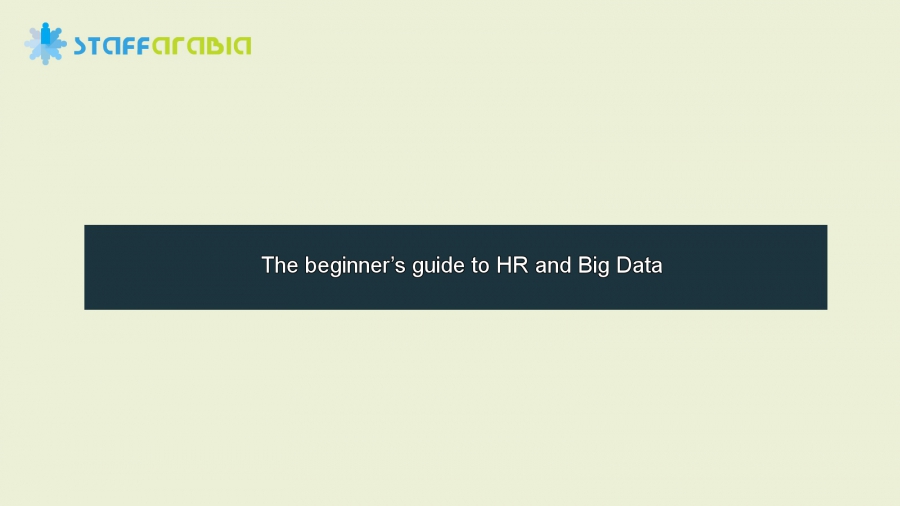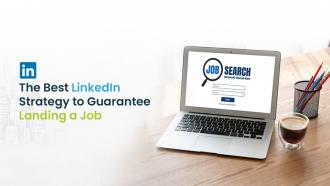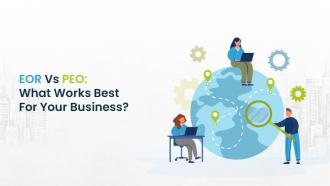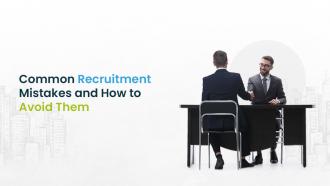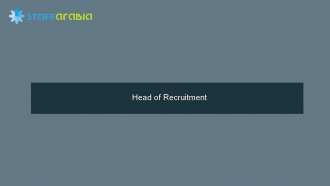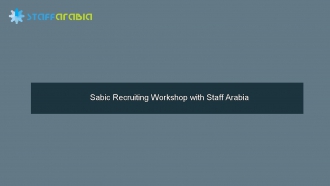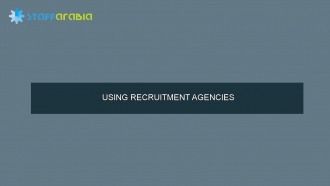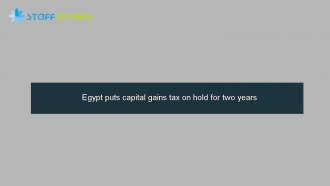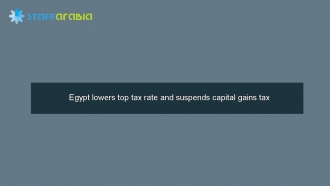

With the limited resources firms have these days, hiring has become a bigger gamble than ever. Recruit the wrong person, and you’ve wasted precious time and money. But some companies are turning to a new tool that could forever change the way HR hires and appraises employees: Big Data.
You’ve likely heard the term – which refers to collecting and analyzing vast amounts of info, in this case on employees and applicants – and you may be aware of its benefits for the workplace.
But what you may not know is that Big Data is starting to become available to more than just the Googles and the Intels of the world.
Even better: Big Data can make HR’s decisionmaking process more objective, potentially decreasing or eliminating crippling lawsuits or unseen biases.
Don Peck, writing for The Atlantic, recently highlighted why the science of recruiting and appraising employees may be the future of HR.
Our hidden biases
Why would companies need Big Data? After all, most HR pros and hiring managers have been at the helm long enough to know a good candidate from a bad candidate one and to take steps not to discriminate.
But Peck says that “our biases are mostly unconscious, and they can run surprisingly deep.”
Proof: In the 1970s and 1980s, professional orchestras began holding “blind” auditions for orchestra seats, according to Malcolm Gladwell in his book Blink.
The result: The number of women who gained seats in orchestras increased fivefold – especially in positions that typically went to men.
That’s not the only type of bias that exists, as science has proven:
- Tall men are more likely to be hired and paid more than short men
- Older workers are incorrectly perceived to be less competent
- Millennials are wrongly seen as “entitled and unable to think outside the box”
- “More attractive” women are more often given preferential treatment
- Applicants with black-sounding names are less likely to be hired than candidates with white-sounding names, and
- Hiring managers are most likely to hire people who are just like them.
The point: HR’s and hiring managers’ “best judgment” isn’t always the best. That’s where Big Data comes in.
3 real-world examples
So how does Big Data play out in the real world?
Peck highlights a number of companies that use it and the successes they’ve had:
- Microsoft uses an algorithm that tells them when a good employee is about to quit.
Who fits that profile? For Microsoft, it’s hires right out of college who have been filling technical roles for three years but have been promoted only once.
They time pay raises, increased stock vesting, etc., to head off a person’s leaving.
Thus far, doing so has cut attrition rates in half. - Several companies use video games to test applicants on decision-making skills.
What’s measured? How long people hesitate before taking every action, the sequence of actions players take and how they solve particular problems.
The game generates more data than the SAT. Companies can then take that information and look at how people played to determine their persistence, their creativity, their personality and more. - Xerox uses an online evaluation that includes personality testing, cognitive-skill assessment and real-life scenarios about how an applicant would handle a problem on the job. That information is then compiled into a score. What the company found:
The candidates who scored best tended “to exhibit a creative but not overly inquisitive personality, and participate in at least one but not more than four social networks, among many other factors.”
Most notable, however: Previous experience — something nearly every HR pro or recruiting manager evaluates during the hiring process — had no bearing on productivity or retention.
Once the company started using the collected info, its rate of attrition fell 20%.
How to get on board
It’s clear that Big Data could be a big boon for recruiting and evaluating employees – if done right.
But the big question still remains: How can an HR department get started?
As with anything, companies can contract with providers to start compiling data and begin to analyze it.
Another alternative: Off-the-shelf software that can be customized and put to work in your company.
A final option: Developing your own Big Data program.
Remember, though: You only get what you put into devising a program like this, so there are no guarantees that a homegrown collection of information will be scientifically accurate.
No matter how you get there, though, it’s becoming more clear that Big Data and the objective measurement of employees’ performance and engagement is likely the way of the future.

